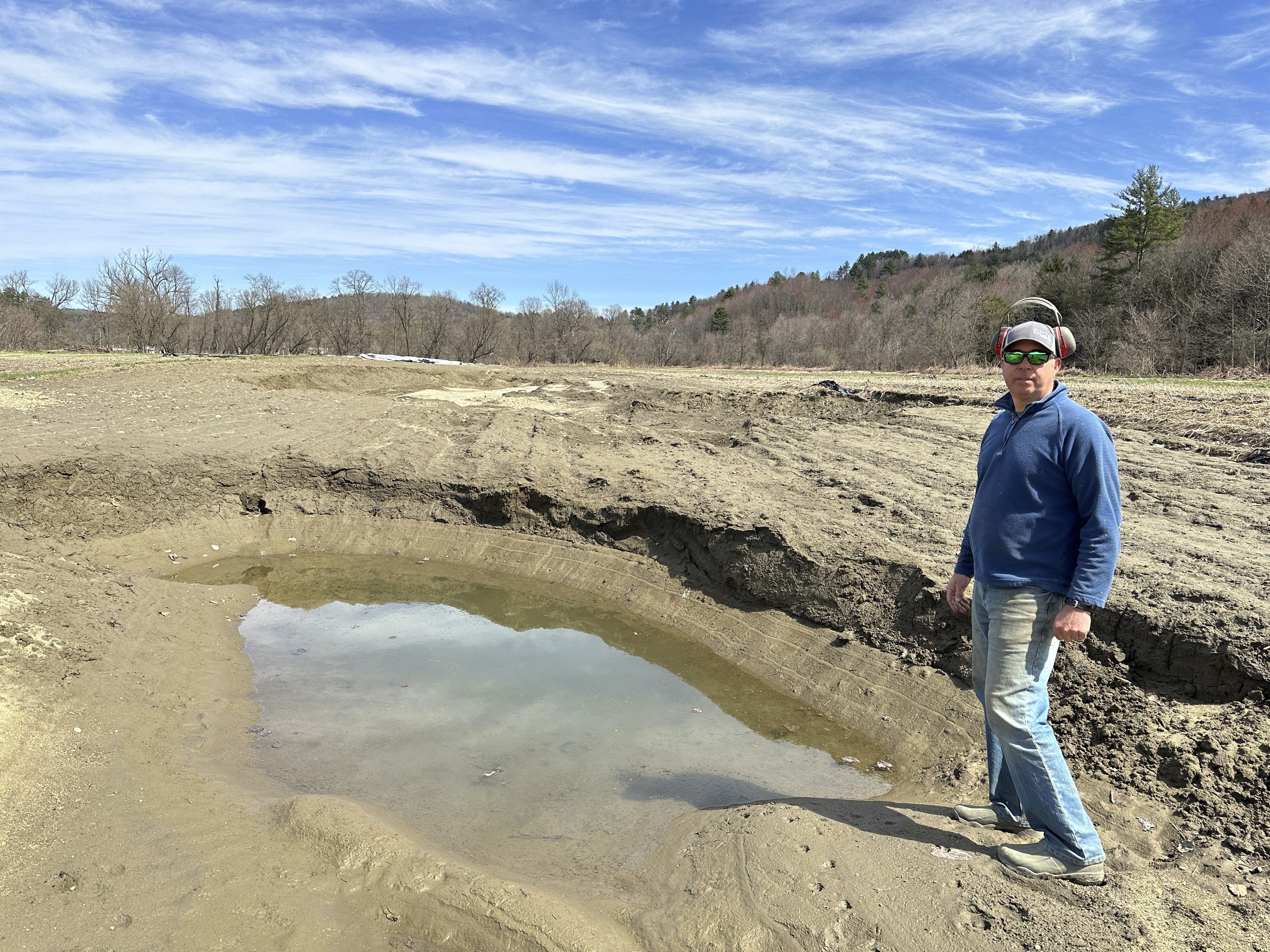The Vermont Department of Health has renewed a summertime warning about a poisonous plant that can cause rashes, burns, and blisters if people come in contact with its sap.
The poison parsnip, as it is commonly known, is now in flower and can be spotted along roadsides and in fields across the northeast. The invasive weed has small, yellow flowers that grow in a conical shape.
"I felt like my legs were on fire," said Kelly Schulze of Monkton, who told necn she still has scars from burns she suffered four years ago when the professional photographer encountered the poison parsnip on a shoot. "All those wounds got infected; it was a long course of treatment and was really, really painful."
In a joint announcement this week, the Vermont Department of Health and the Vermont Agency of Agriculture said the plant is not likely to cause you problems if you were walk by it and gently brush it. The pain would come, the state explained, if you were to step on a poison parsnip plant or do something else to break the stalk or other parts of the plant, causing its sap to get on your skin.
When that sap is exposed to the sun's UV rays, it triggers burns, explained Sarah Vose, Vermont's state toxicologist.
"Don't stop to pick them if you're visiting Vermont or passing by anyplace where they’re growing," Vose told necn. "And if you're clearing them from your property, wear protective clothing and do that work, preferably, on a cloudy day."
Even master gardener Charlie Nardozzi of North Ferrisburgh said he suffered blisters when sap from a non-flowering plant got on his legs when he was clearing brush.
Vermont
The latest news from around the state
"It can be bad," Nardozzi said of reactions to the sap of the poison parsnip. "A day later, I had all these blisters on my ankles and my legs."
Nardozzi now urges people who may be trying to clear the weed to wear pants, gloves, long sleeves, socks, and boots, and to wash equipment well if it comes in contact with the sap of the plant.
Nardozzi said the tricky thing about the poison parsnip is it doesn't look obviously troublesome, because it resembles Queen Anne's Lace, except it’s yellow.
"It looks like something you'd put in a flower arrangement, actually," Nardozzi said. "Which of course you don't want to do!"
In a news release, the Vermont Health Department and Vermont Agriculture Agency offered the following advice:
If you get wild parsnip sap on your skin:
- Wash the skin thoroughly with soap and water as soon as possible
- Protect the exposed skin from sunlight for at least 48 hours
- If you experience a skin reaction, call your health care provider
If you need to work with or near the plant:
- Wear clothing that covers your arms and legs
- Wash clothes that come in contact with the sap
- Work with the plant on cloudy days
If you are using string trimmers or power mowers in areas where this plant grows, wear eye/face protection, in addition to long pants, long sleeves, and gloves.
Kelly Schulze urged her fellow Vermonters to heed those warnings, because as she knows, they call poison parsnip "poison" for a reason.
"Don't mess with this plant," Schulze said.



